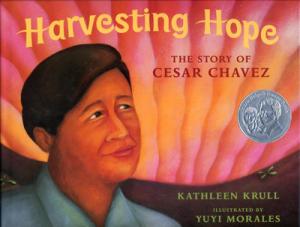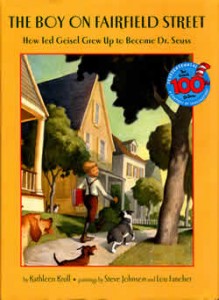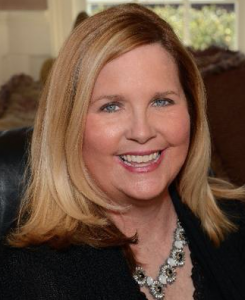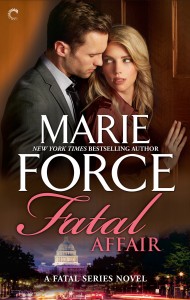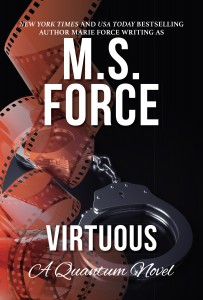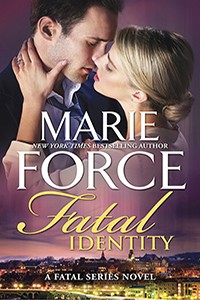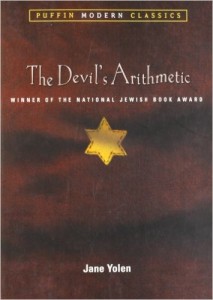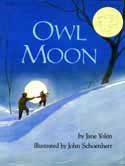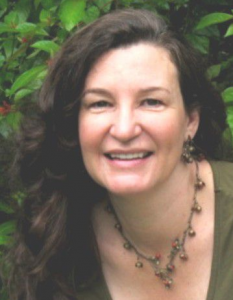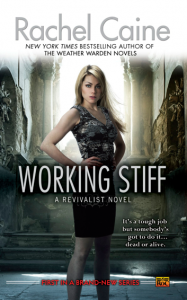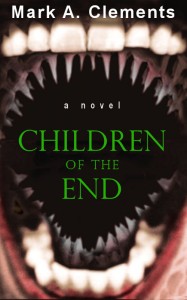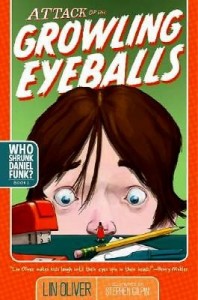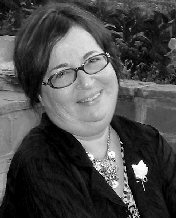Dear Readers…
Some fun today as I share a link to my interview on the HOW WRITERS WRITE podcast. We talked YA fiction, establishing productive writing routines, and getting yourself unstuck when writers block strikes. Click through for the podcast link.
If I’m not listening to audiobooks, I’m listening to podcasts. The How Writers Write podcast is a fabulous one, and I was honored to be interviewed on it. What fun to dig into the at-your-desk (or not!) details of writing life. And Brian’s traditional end-of-interview Six Questions are wonderfully creative. Question #3 is a hoot: “If you could pick a spirit book—this is the book you would choose to be reincarnated as—what book would it be?” How would YOU answer that? Here’s the link to the podcast if you want to see what book this editor would be: https://bit.ly/3WEcApq. Or type How Writers Write episode 111 in your favorite podcast app.
Happy writing—and listening!
The Editor

